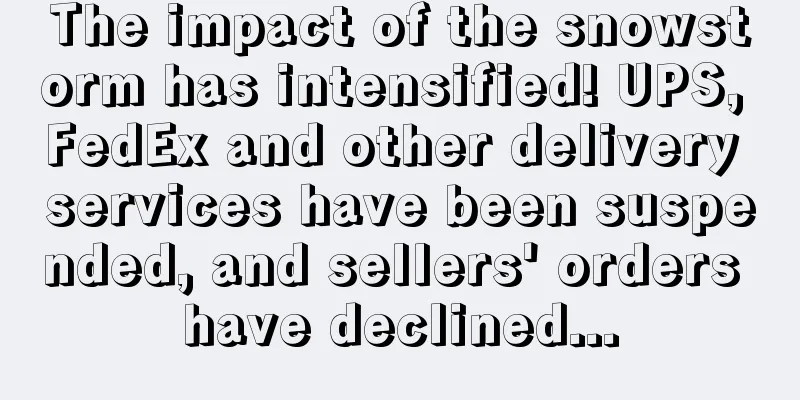What is GS certification? GS certification evaluation

The GS, or "Geprüfte Sicherheit" (Safety Certified) mark, is a voluntary certification mark applied to manufactured goods to indicate that they meet all statutory requirements of the German Product Safety Act (ProdSG). Overview: The GS standard covers important product characteristics such as electrical safety, the use of chemicals and hazardous substances, ergonomics and noise, and also covers the assessment of the manufacturer's factory production. If the manufacturer's production facilities are subject to annual inspections, the GS mark on its products remains valid. Alias Germany Safety Full name Geprüfte Sicherheit Nature Voluntary certificationAbout the GS MarkThe GS mark is a voluntary mark, but it is widely recognized as a product safety mark in Germany and all German-speaking countries. GS certification requires a third-party agency authorized by ZLS to evaluate product safety according to European standards, and also needs to comply with the requirements of the German ProdSG Act to evaluate some chemical indicators, such as PAHs, LFGB, etc. What is GS certificationConfirm product safety Including product safety and visual ergonomics Comply with the requirements of toxic and hazardous substances Factory inspection included Ensure products comply with ProdSG The maximum validity period of a GS certificate is 5 years Nemko's GS certificate is free of charge Certification bodies1. German certification body: Well-known German GS certification bodies in China include TUV RHEINLAND, TUV PRODUCT SERVICES, VDE, etc., which are GS certification bodies directly recognized by Germany. 2. Other certification bodies: Other GS certification bodies in Europe that usually cooperate with Germany include KEMA, ITS, NEMKO, DEMKO, etc. Scope of certification1. Household appliances, such as refrigerators, washing machines, kitchen appliances, etc. 2. Household machinery. 3. Sports equipment. 4. Home electronic equipment, such as audio-visual equipment. 5. Electrical and electronic office equipment, such as copiers, fax machines, shredders, computers, printers, etc. 6. Industrial machinery and experimental measuring equipment. 7. Other safety-related products such as bicycles, helmets, ladders, furniture, etc. Certification Process1. Initial meeting: At the initial meeting, the testing agency or the agency will explain the specific certification procedures and relevant standards to the applicant's product engineer and provide the required document forms to be submitted. 2. Application: The applicant shall submit documents that meet the requirements. For electrical products, the applicant shall submit the product assembly drawing, electrical schematic diagram, material list, product purpose or installation instructions, and description of the differences between series models, etc. 3. Technical meeting: After the testing agency has checked the applicant’s documents, a technical meeting will be arranged with the applicant’s technical staff. 4. Sample testing: The testing will be carried out in accordance with the applicable standards and can be carried out in the manufacturer's laboratory or in any laboratory of the inspection agency stationed in each country. 5. Factory inspection: GS certification requires a safety-related procedural inspection of the production site. 6. Issue GS certificate. 7. Annual review The difference between GS certification and CE certificationReferences
|
>>: What is ProdSG? ProdSG Review
Recommend
What is SHOUQAIYI? SHOUQAIYI Review
Skyee is a one-stop fund management platform servi...
Amazon is publicly soliciting epidemic prevention supplies and waiving its platform fees for 3 months!
Today, Amazon US announced that it will prioritize...
Buy Buy Baby, the US maternity and baby giant, is back and will relaunch its e-commerce and physical stores
It is learned that on October 31, the new parent c...
Involving thousands of tax numbers, the VAT company is suspected of running away! Why is there so much chaos in the service provider industry?
▶ Video account attention cross-border navigationI...
Amazon and FedEx have launched a "new model" for returns for US e-commerce companies
It is learned that on December 13, FedEx announced...
What is a shop box? Shop Box Review
The ShopBox product is designed to provide a safe,...
What is MoneyTable? MoneyTable Review
MoneyTable is a financial technology company. The ...
What is Fruugo? Fruugo Review
Fruugo was launched in Finland. It is an internati...
After acquiring the brand assets of 3B giants, Overstock added 600,000 SKUs
It is learned that according to foreign media repo...
What will the North American e-commerce market look like in 2023? Data on the top 1000 retailers released
It is learned that recently, DigitalCommerce360 re...
[Class Started] The third TikTok zero-based practical class is now open for registration!
Preface Hi, everyone. I am President Li from the ...
What is Primary Color Consulting? Primary Color Consulting Review
Original Color Consulting is a comprehensive consu...
What is BingaBinga? BingaBinga Review
BingaBinga is a shopping platform for middle and h...
Amazon’s big event of the week! Amazon’s official listing optimization service is launched
Amazon's investment in British food delivery ...









